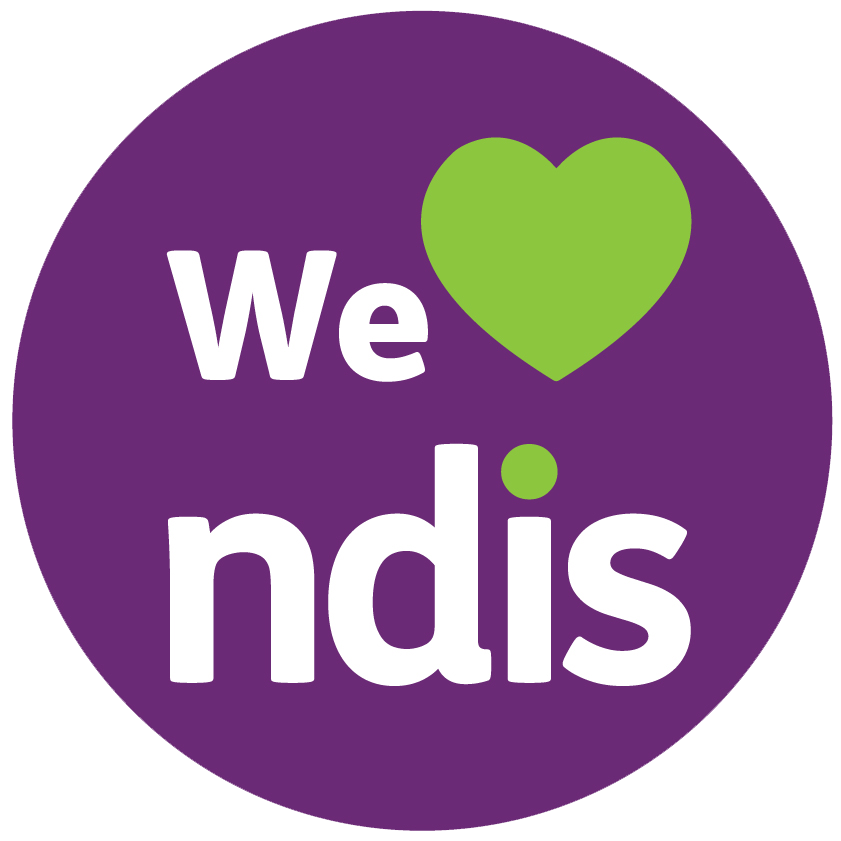How Vivir Healthcare helps Residential Aged Care Facilities improve their Aged Care Quality Indicators
As a national allied healthcare provider, Vivir Healthcare has supported over 500 residential aged care facilities bring care to their aged residents since beginning our operations almost 25 years ago.
With the introduction of the Aged Care Quality Indicators in 2019, our Physiotherapists, Occupational Therapists, Speech Pathologists, and Dietitians are committed to working with our Residential Aged Care Facility Clients based all over Australia, and the older people they care for continuously improve their quality of service.
What are Aged Care Quality Indicators?
The Australian Department of Health and Aged Care introduced the National Aged Care Mandatory Quality Indicator Program, also known as the QI Program, for the purpose of collecting valuable data on key areas of care that impact the health and well-being of older adults.
Commonwealth-subsidised residential aged care services are currently required to report their performance across 11 quality indicators every 3 months. The 11 quality indicators are:
- Pressure injuries
- Physical restraint
- Unplanned weight loss
- Falls and major injury
- Medication management
- Activities of daily living
- Incontinence care
- Hospitalisation
- Workforce
- Consumer experience
- Quality of life.
Why do Allied Healthcare workers play an important role in helping Aged Care Providers meet their QI milestones?
Allied healthcare clinicians, including our Vivir Healthcare Physiotherapists, Occupational Therapists, Speech Pathologists, and Dietitians, are essential in helping aged care providers meet their Quality Indicator (QI) milestones. These allied healthcare professionals contribute to the overall well-being of aged care residents by addressing physical, cognitive, and nutritional needs, which directly impacts key QI areas like pressure injuries, falls prevention, activities of daily living, and quality of life. Their expertise in creating personalised care plans ensures that each older person receives tailored care sessions that are designed to promote better health outcomes and enhancing quality of life.
By delivering evidence-based practices, our clinicians, who are based all over Australia, help aged care providers improve their QI scores, ultimately leading to higher standards of care and satisfaction for both aged care residents and their families.
What we do at Vivir Healthcare to ensure our clinicians are supporting residential aged care facilities meet their QI milestones
There are many ways our Vivir Healthcare clinicians support residential aged care facilities meet their QI milestones. Taking a multidisciplinary approach through regular personal development sessions, our Physiotherapists, Occupational Therapists, Speech Pathologists and Dietitians understand the signs to look out for and when to refer clients to their fellow clinicians who can best support them to reach positive health outcomes. The result of this approach is that it helps the aged care facility maintain high standards of care, reduce the risk of undesirable health impacts to their aged care residents, and ensure continuous improvement in line with QI benchmarks.
Here some examples of how our clinicians work with aged care facilities in line with the quality indicators:
- Our Physiotherapists will review and update mobility status of aged residents to prevent falls and related injuries. Our Dietitians will then make nutritional recommendations to compliment physical activity to promote optimal muscle mass to support strength and conditioning of skeletal muscle.
- Our Physiotherapists will advise a variety of products for aged care residents who are experiencing frequent falls such as hip protectors, head gears, lo lo beds, and crash mats to help avoid serious injuries that can be caused by a serious fall.
- Our Physiotherapists will recommend different types of mattresses or cushions to immobile/sedentary residents to avoid pressure related injuries. In addition our Dietitians will focus on ensuring residents receive adequate protein, energy, micronutrients such as vitamin C, E and minerals zinc and iron as these nutrients are equally important in the management of established pressure injuries.
- Our Occupational Therapists will support aged care residents with their activities of daily living and in addition improve their quality of life by firstly assessing how they perform their daily activities and then suggest different types of gears or assistive aids that will help improve how they go about their day. This may include suggesting the use of a shower chair, a mobility scooter, or even modified cutlery for residents experiencing arthritic changes in hands.
If you are interested in learning more about how our Vivir Healthcare clinicians can best support your aged care facility in meeting your 11 Quality Indicators, please contact ustoday for a confidential discussion.








